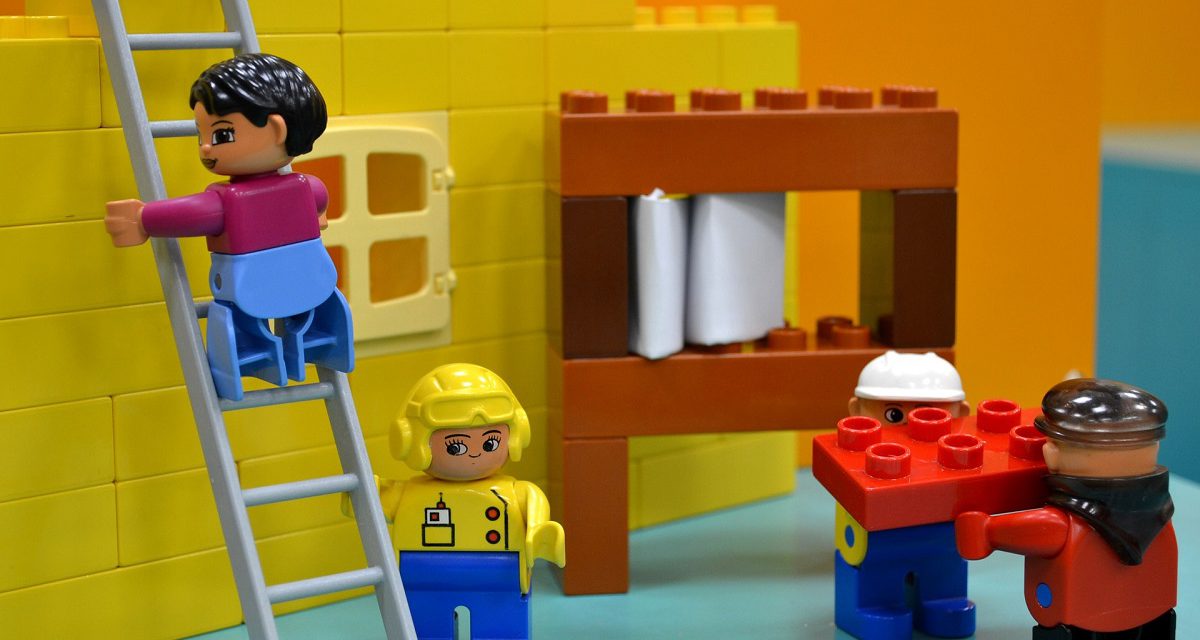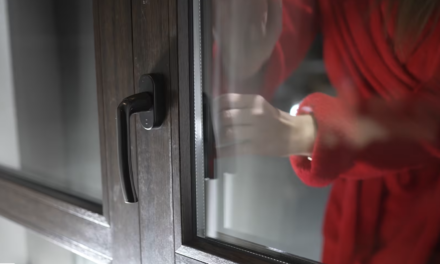Homeowners are taking California’s housing crisis into their own hands, literally, and building housing units right in their own backyards.
Homes are desperately needed but also expensive to build in California’s costly coastal cities. Builders have moved away from expensive new single family residential (SFR) construction to cheaper multi-family construction.
First-time homebuyers are also steering clear of new SFRs since the prices of new builds far exceed what’s possible for their low-to-mid tier budgets.
Sensing opportunity, or simply trying to house desperate family members, homeowners of every income level are building their own ADUs, often skipping onerous permitting requirements. The result is a massive informal housing market that accounts for millions of units nationwide, especially in the low-to-mid tier, according to the New York Times.
Los Angeles is estimated to have at least 200,000 “informal” units, many of them ADUs, according to researchers at University of California, Los Angeles.
Backyard conversions have been going on illegally for decades. But it was only recently that California legislators finally made backyard conversions legal, with the passing of Assembly Bill (AB) 68 in 2019. This legalized the widespread construction of accessory dwelling units (ADUs), as easy-to-build type of housing best for low- to moderate-income residents. Legislators are now encouraging homeowners to put small rental homes on their property to help end California’s housing shortage.
In an effort to further support backyard conversions, AB 1584 was approved in 2021 to reduce ADU restrictions. This new law makes any covenant or restriction that prohibits the construction or use of ADUs void and unenforceable. However, restrictions which do not unreasonably increase the cost of construction are still permitted.
A significant source of housing
Backyard conversions are proving to be a significant source of housing for California. By becoming builders themselves, homeowners can shoot two targets with one arrow; address the housing crisis and support their own incomes.
With increasing home prices alongside stagnant wages, backyard conversions stimulate the housing market and improve the lives of homeowners, especially those who buy or rent in the low-to-mid tier. It has the potential to uplift many struggling homeowners, especially after this pandemic, and give them the opportunity to improve their financial circumstances.
Homeowners need to review the ADU handbook before deciding to convert their backyard into a housing unit. In particular, ADUs:
- can be converted out of garages, sheds, barns, and other existing accessory structures, either attached or detached from the primary dwelling;
- do not have a minimum lot size requirement, but local governments may establish these requirements at any time;
- do not have a limit on the height or number of stories, but local agencies may impose height limits;
- parking requirements shall not exceed one parking space per unit; and
- are not charged for water and sewer connection fees, according to California’s Accessory Dwelling Unit Handbook.
In Los Angeles, homeowners also need to be aware of any tenant relationship issues that may arise when operating an illegal rental unit. For example, a residential landlord of an illegal unit may not use an unlawful detainer (UD) action to evict a tenant. [Carlos Yanez v. Omar Vasquez (June 29th, 2021) _CA6th_]
The residential landlord can evict the tenant if they file a Declaration of Intent to Evict and serve the tenant with a 30- or 60-day notice of eviction attached to the copy of the Declaration of Intent to Evict and provide relocation benefits. [See RPI Forms 569 and 569-1]
California’s Tenant Protection Act (TPA) recently altered eviction practices for properties subject to “just cause” eviction procedures. Read more about just cause eviction procedures under the TPA.
Related article:














